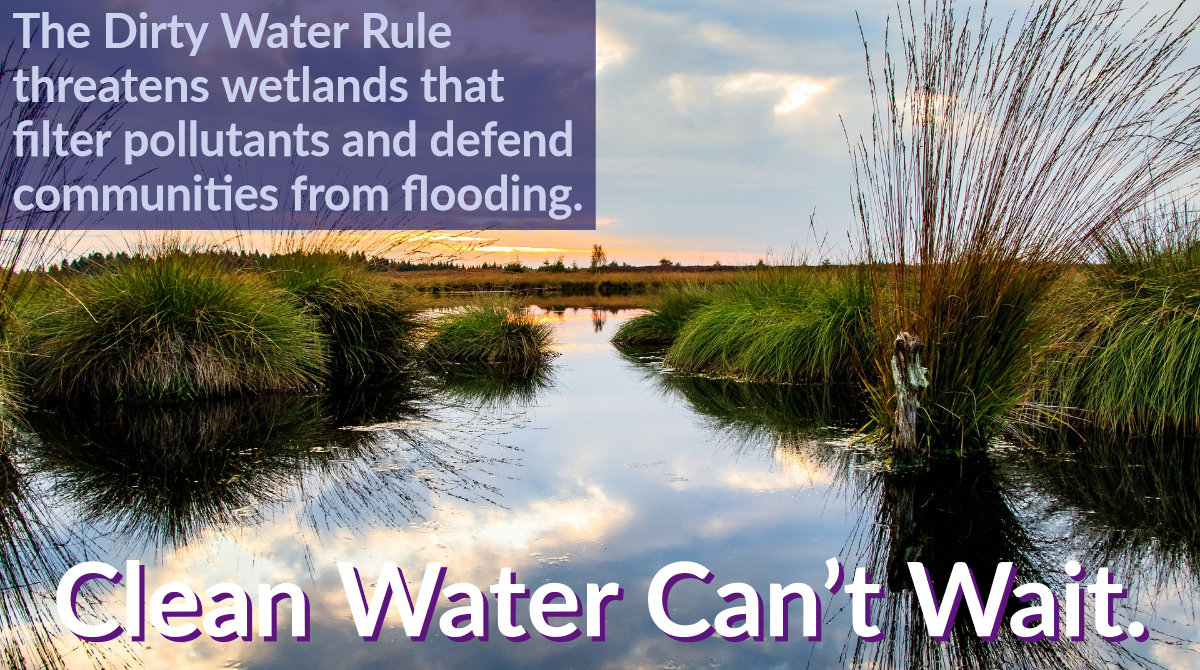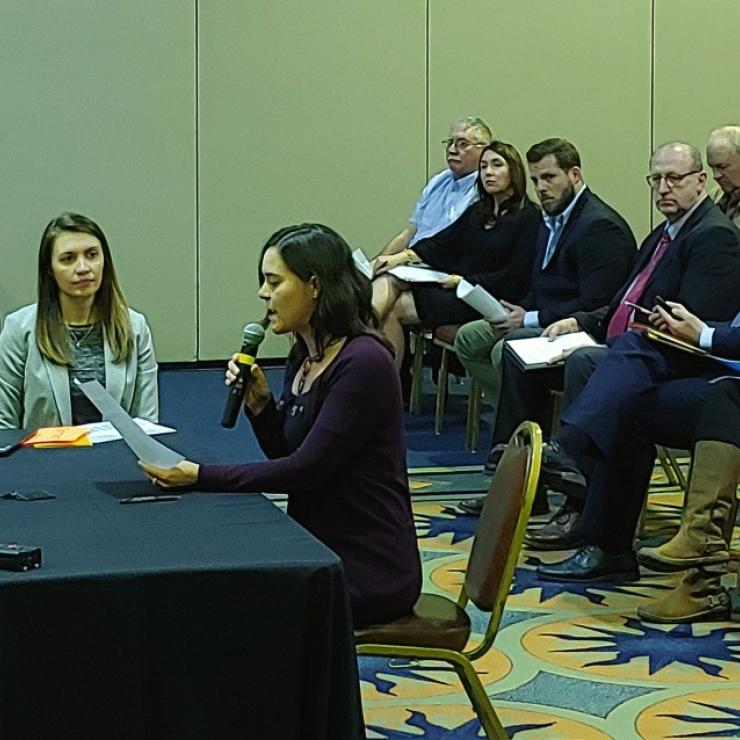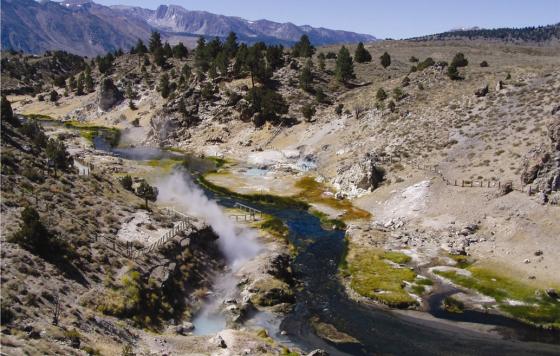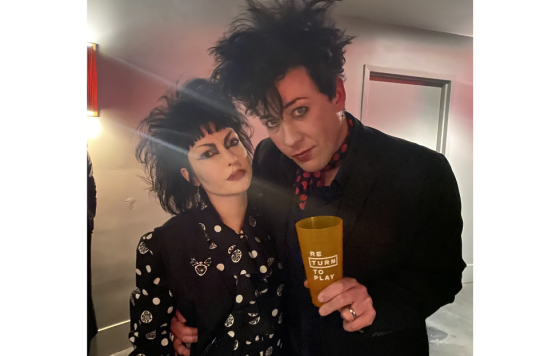
This week advocates and activists are in Kansas City, Kansas for the one and only public hearing the Environmental Protection Agency scheduled for it's scheme to strip protections from millions of miles of streams and more than half the wetlands across the nation. Clean Water Action was there as well. This is my testimony to EPA about the Dirty Water Rule. You can watch my testimony here (video courtesy of our friends NWF Water)
Revised Definition of “Waters of the United States” Public HearingFebruary 27-28th 2019, Kansas City, Kansas
Statement by Jennifer Peters, National Water Programs Director, Clean Water Action

Clean Water Action strongly opposes the Administration’s proposed revised definition of “Waters of the United States” because it puts drinking water last. Gutting Clean Water Act protections for millions of miles of streams and over half of our nation’s wetlands threatens drinking water sources for millions of people. Streams and wetlands filter pollution out of water, a critical function that reduces contaminants of concern for drinking water quality. For example, scientists have documented that small streams can remove as much as 20-40 percent of nitrogen, keeping it from reaching larger water bodies downstream. And so-called isolated wetlands lacking a direct surface connection to other waters function as sinks that capture phosphorus and other nutrients.
This nutrient removal function of streams and wetlands is critical in the face of serious public health concerns over toxic algal blooms that can contaminate drinking water sources. Drinking water systems often bear the burden of cleaning up polluted source waters in order to comply with the Safe Drinking Water Act. Yet putting the burden on downstream drinking water users is not an equitable solution to ensure water quality. Downstream drinking water users should not have to pay higher treatment costs to solve problems that could be addressed by maintaining and enforcing long-standing Clean Water Act protections for streams and wetlands upstream.
While all of us benefit when we prioritize safeguarding our drinking water sources, only a handful of industries will benefit from a free pass to pollute more streams and wetlands. Protecting streams and wetlands protects drinking water, eases the burden of pollution, and reduces treatment costs for communities.
Proposing to eliminate pollution protections that have been in place for decades is a significant government action that deserves significant public scrutiny. Yet the agencies are only allowing 60 days for public comment on this drastic proposal. Given the far-reaching impacts this proposal will have on the environment, on public health, and on the economy, I urge the agencies to extend the comment period to match the over 200 days the public had to comment on the 2015 Clean Water Rule.
Because these unprecedented rollbacks completely undermine the Clean Water Act’s fundamental goal to “restore and maintain the chemical, physical, and biological integrity of the Nation’s waters,” the agencies should withdraw this proposal. Thank you for your time and for listening to my concerns.



